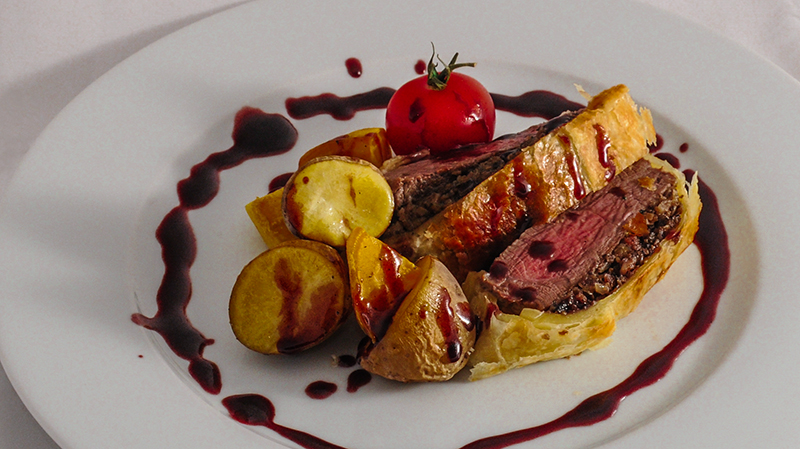

This also has a cost associated with it, and companies that have aged their meat 28 – 30 days can charge more. The longer you age it, the more flavour it is supposed to have. It starts to break down some of the enzymes in the meat. Most meat nowadays is wet-aged, it is vacuum packed at the processing plant, and, as long as it isn’t frozen, it will continue to age or develop that beef flavour. There are two ways to age meat, dry aging and wet aging. I do not mean the animal’s age, but rather the time from when the meat has been removed and packaged from the animal. The next factor that affects the price is aging. But don’t quote me on that I could be wrong. It could also be an older cow, the female, though I believe most of the meat from cows goes to make dog food. If you’ve ever seen commercial-grade meat, that could be an older steer. Once the steer is considered mature, it cannot be graded in the top letters: A, AA, or AAA. It must be younger than two years old, but that’s an approximate age as the Canadian Food Inspection Agency and the Canadian beef grading agency don’t give an actual age. To receive the AAA or Prime grade, the animal needs to be a castrated bull, also known as a steer. In my steak article, I briefly discussed the different cuts you can get and touched on grading. Most of the Prime grade meat is sold to restaurants or internationally.

It’s not generally available to you or me because it is given to less than 2% of all Canadian beef, and the chance that you or I will see it in the grocery store is significantly less than that. There is a better grade, the grade of Prime. In Canada, a steer that has been graded as AAA is thought to be the best grade you can purchase. The beef industry is an interesting one, as different distributors will charge different prices depending on how long they age their meat, how they age their meat if it’s steer or cow that the meat came from, the age of the animal, and the grade of the meat. A company like Sysco will charge a restaurant more than a smaller distributor, but you don’t always get what you think you’re getting. Keep in mind that beef prices change by the season and by the distributor. Many restaurants might charge $30 or more per plate, and I was able to get six servings using this recipe for what would be an approximate cost of $180 from the restaurant just for the main courses, while you might pay $50 – $75 for the tenderloin. What if I told you that you could make this dish at home, and it will cost around half of what you might pay at a restaurant!? The most expensive part of this dish will be the tenderloin, a 2-3 pound tenderloin roast might set you back $20-$25 per pound. Lobster, souffle, crème brule-these might be a few. Are there many other dishes that sound as sophisticated as beef Wellington? Possibly.


 0 kommentar(er)
0 kommentar(er)
